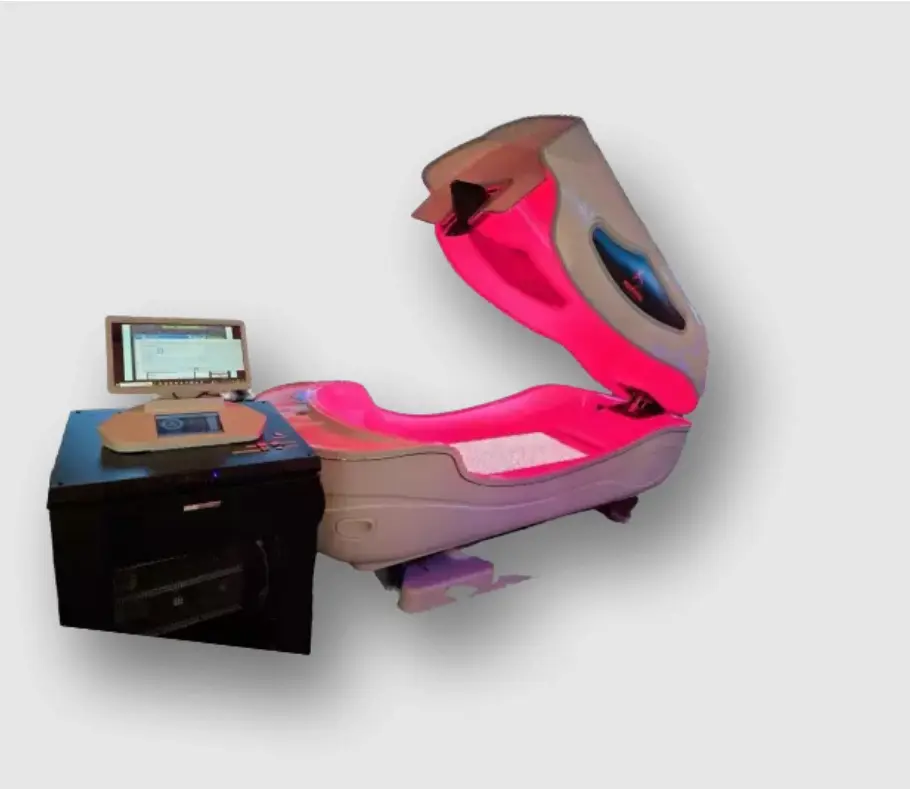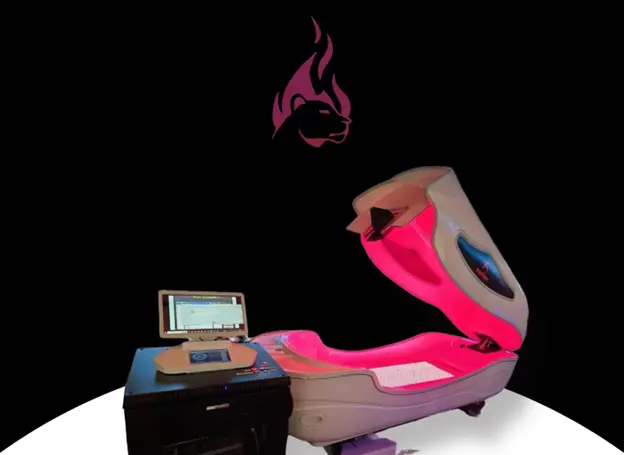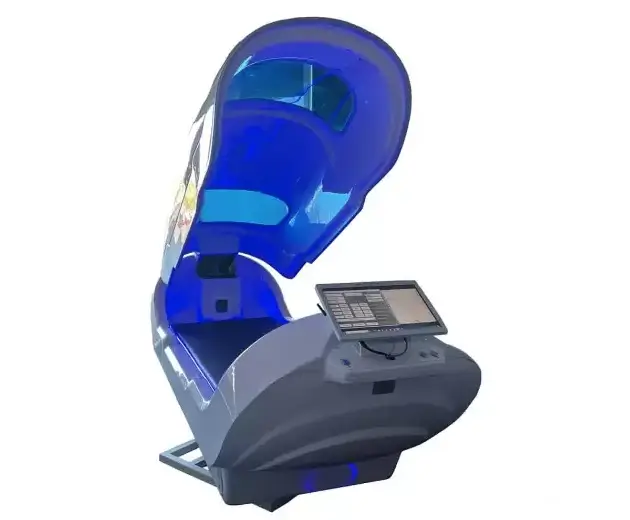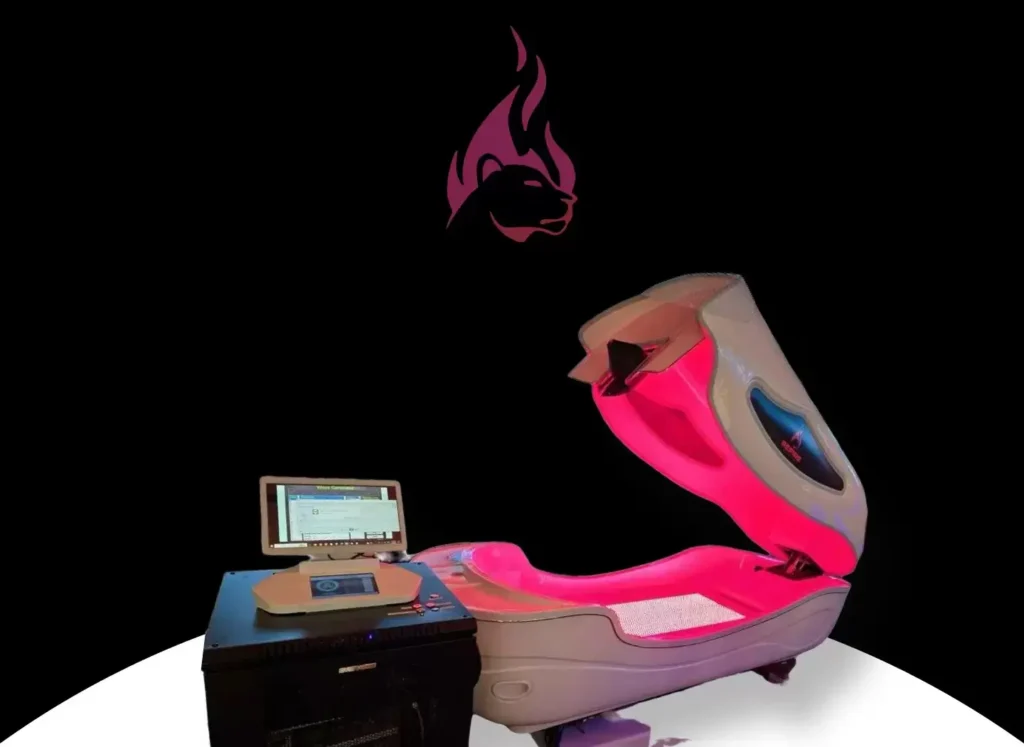Carbon dioxide (CO2) therapy, a practice with ancient roots, is experiencing a renaissance in modern healthcare. This revival of interest is shedding light on its remarkable healing powers and diverse applications.
In modern medicine, innovation often means looking forward and harnessing cutting-edge technology and groundbreaking treatments. Yet, sometimes, the key to progress lies in revisiting the wisdom of the past.
One such reawakening has brought the age-old practice of carbon dioxide therapy back into the limelight. This article embarks on a journey through history, unveiling the forgotten healing powers of carbon dioxide and its remarkable applications in medicine.
Table of Contents
The Ancient Roots of CO2 Therapy
The story of CO2 therapy harks back to a time when the mysteries of medicine were explored by pioneers of their era. In ancient Greece and Rome, natural carbon dioxide springs were regarded as sacred sources of healing.
People believed that bathing in these carbonated waters had miraculous curative properties. These ancient beliefs laid the foundation for the later development of CO2 therapy.
Paracelsus: The Father of Modern Medicine
A pivotal figure in the evolution of CO2 therapy is Paracelsus (1493–1541), often hailed as the father of modern medicine. Paracelsus was a true Renaissance man—a physician, alchemist, and astrologer. He was an advocate for using natural substances in medicine, and his contributions left an indelible mark on the history of healthcare.
Paracelsus recognized the therapeutic potential of carbon dioxide gas, which he referred to as “Spiritus Sylvester.” He explored its applications for various ailments, laying the groundwork for the future of CO2 therapy. His pioneering spirit paved the way for centuries of innovation in medical practice.
Dr. John Ewart: The CO2 Pioneer of the 18th Century
Fast forward to the 18th century, and we encounter Dr. John Ewart, a medical doctor who became a true pioneer in the field of carbon dioxide therapy. In 1794, Dr. Ewart made a groundbreaking discovery that would forever change the course of medical history.
Two women came to him with open, bleeding ulcers on their breasts, likely cancerous, causing severe pain and discomfort for years. Dr. Ewart devised an apparatus capable of producing carbon dioxide by combining limestone with sulfuric acid. He then applied this gas directly to the affected breast tissue.
The results were nothing short of astonishing—almost instantaneous relief from pain. Over time, the ulcers began to heal, with a reduction in size, odor, and discharge of pus.
This early success with CO2 therapy opened the door to exploring its potential in the treatment of various medical conditions. Dr. Ewart’s groundbreaking work set the stage for a renewed interest in carbon dioxide’s healing powers.
CO2 Therapy’s Mechanism of Action
To understand why CO2 therapy has been regarded as a valuable tool in medicine throughout history, it’s crucial to delve into its mechanism of action. CO2 therapy operates on several fundamental principles:
Enhanced Oxygenation
CO2 therapy increases blood flow and microcirculation, ensuring better oxygen delivery to tissues. This oxygenation is essential for wound healing, tissue repair, and overall health.
Anti-Inflammatory Effects
CO2 gas has anti-inflammatory properties, inhibiting the release of pro-inflammatory cytokines. This aspect has immense potential in conditions where inflammation is a driving force.
Collagen Production
The therapy stimulates collagen production, promoting skin rejuvenation and tightening. This has earned it a prominent role in cosmetic and aesthetic treatments.

Modern Applications of CO2 Therapy
In recent decades, the medical community has reignited its curiosity about CO2 therapy, rekindling the flames of exploration that had flickered for centuries.
Researchers and clinicians are now revisiting the ancient practices with a fresh perspective and a wealth of modern scientific knowledge.
This resurgence is driven by the desire to unlock CO2 therapy’s full potential and harness its benefits for different medical conditions. One of the driving forces behind the renewed interest in CO2 therapy is the growing need for effective, non-invasive treatments.
As modern medicine advances, so too do our concerns about invasive procedures, side effects of pharmaceuticals, and the rising costs of healthcare. CO2 therapy, with its gentle approach and minimal side effects, aligns with the trend toward holistic and patient-centered care.
Wound Healing
Research in the field of wound healing offers compelling evidence of CO2 therapy’s efficacy. Chronic wounds, such as diabetic ulcers, can be both debilitating and costly to manage.
CO2 therapy’s ability to enhance oxygenation and promote tissue repair has shown promise in expediting the healing process for these challenging cases. By addressing the root causes of non-healing wounds, CO2 therapy offers hope to patients who have struggled for too long.
Dermatology and Aesthetics
In dermatology and aesthetics, CO2 therapy has gained recognition for its ability to stimulate collagen production. This natural approach to skin rejuvenation has attracted those seeking non-surgical solutions for reducing wrinkles, scars, and stretch marks. The minimally invasive nature of CO2 therapy and its potential for long-lasting results make it an appealing option in the world of cosmetic medicine.
Pain Management
Pain management is another area where CO2 therapy is making strides. Chronic pain conditions often involve inflammation as a key driver of discomfort.
CO2 therapy’s anti-inflammatory effects provide a novel avenue for alleviating pain without relying solely on painkillers, which may have adverse side effects and potential for addiction.
By targeting inflammation at its source, CO2 therapy can offer much-needed relief to patients with conditions like osteoarthritis or rheumatoid arthritis.
Harnessing CO2 for Wellness: ReFire-O3
Innovative Wellness Center‘s ReFire-O3 stands at the forefront of wellness technology, seamlessly blending ancient healing wisdom with cutting-edge innovation to offer an unparalleled wellness experience.
This transdermal ozone machine boasts a versatile array of therapies, including transdermal ozone (O3), carbonic acid, hydrogen inhalation, traveling PEMF, sound vibration therapy, and acoustic wave frequency therapy with plasma tubes.
ReFire-O3 connects to the healing powers of carbon dioxide (CO2) by harnessing the principles of carbonic acid therapy. Carbonic acid therapy, one of the modalities integrated into ReFire-O3, uses CO2 to enhance oxygenation, increase blood flow, and stimulate cellular regeneration.
When ReFire-O3 combines this therapy with its other wellness modalities, it creates a holistic and synergistic approach to wellness that amplifies the benefits of CO2 therapy. This integration allows users to experience the revitalizing effects of carbon dioxide in a comprehensive wellness journey that addresses various aspects of well-being, from cellular rejuvenation to relaxation and balance.
The Future of CO2 Therapy
As research into CO2 therapy continues to expand, so do its potential applications. Emerging studies explore the therapy’s impact on neurological conditions, such as stroke recovery and neuroprotection.
The neurological field represents a promising frontier, where CO2 therapy’s ability to enhance oxygenation and reduce inflammation may play a vital role in improving patient outcomes.
From its earliest recognition by Paracelsus to the groundbreaking work of Dr. John Ewart, CO2 therapy has always held the potential to change lives.
As we continue to unveil the mysteries of this age-old practice, CO2 therapy is poised to make significant contributions to various medical disciplines, from wound healing to aesthetics and pain management. Its mechanism of action, grounded in improved oxygenation, anti-inflammation, and collagen stimulation, presents a world of possibilities for the future of healthcare.
Conclusion
The journey through history teaches us that sometimes, the keys to progress lie hidden in the past. The resurgence of CO2 therapy exemplifies how the wisdom of our ancestors can inspire innovative solutions for modern healing. As we venture further into the future of medicine, we should never forget to look back and rediscover the healing treasures that history has to offer. Contact us for more information about CO2 therapy.






